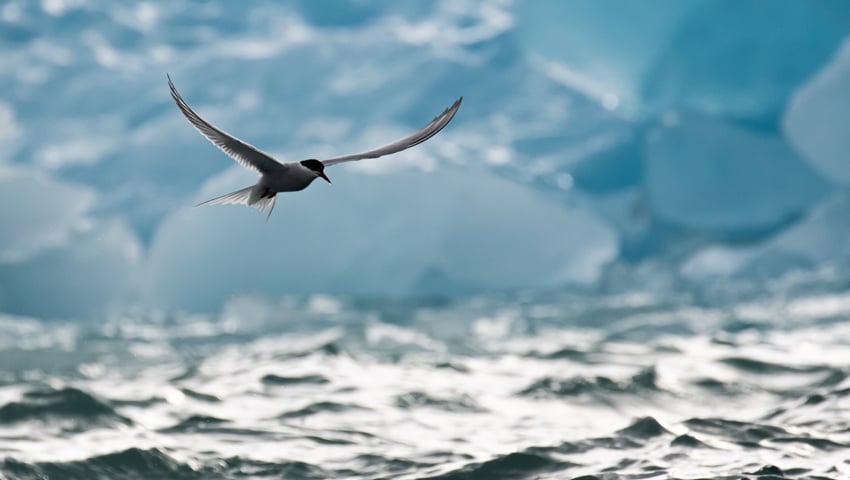A new report has for the first time shown the impacts of recent Highly Pathogenic Avian Influenza (HPAI or bird flu) outbreaks on populations of the UK’s seabirds. Due to the tens of thousands of dead birds seen in 2021 and 2022, HPAI has become one of the biggest immediate conservation threats faced by multiple seabirds, and updated population estimates are an urgent priority.
The study revealed a highly concerning picture of widespread and extensive declines, with nine of the 13 species included in the report decreasing in numbers by over 10% since previous surveys made between 2015 and 2021. For Gannet, Great Skua and Roseate Tern these declines are largely attributable to HPAI and for Sandwich and Common Terns, HPAI is the likely cause. For the remaining species (Arctic Skua, Black-headed Gull, Lesser Black-backed Gull, Herring Gull, Great Black-backed Gull, Kittiwake, Arctic Tern and Guillemot), further work is needed to better understand the likely contribution of HPAI to the declines.
The project was led by the RSPB in collaboration with the British Trust for Ornithology, the Statutory Nature Conservation Bodies, and other conservation organisations.
The RSPB’s Director of Conservation, Katie-jo Luxton, said, “With its rugged coastline and myriad of small offshore islands, the UK is globally important for seabirds. However, for decades we have not looked after these natural treasures and our seabird populations have dramatically declined because of our actions; the introduction of invasive predators to islands that destroy nests and chicks, to the increasing effects of climate change that are impacting the availability of their food. This new study shows that bird flu can be added to the long list of things that are devastating our seabirds.
We know that conservation efforts and smart policies such as the recent sandeel announcement, do work and help increase the resilience of our seabirds to better weather whatever new storm is on the horizon. But we need our governments to implement these efforts and plan for a future where our seabirds are part of a thriving marine environment.”
In 2022, the current H5N1 strain of HPAI became widespread in UK wild bird populations, particularly in seabirds and waterfowl, after being initially recorded in Great Skuas in the summer of 2021. The number of reported bird deaths in 2022, showed that HPAI had become one of the biggest immediate conservation threats faced by many of our seabird species, including some, such as Great Skua, for which the UK is responsible for a high proportion of the global population.
Late last year, Seabirds Count (2015-2021) was published. This is the most recent census of breeding seabird populations across Britain, Ireland, Isle of Man and the Channel Islands. It painted a very grim picture for our seabirds, with almost 62% of seabird species in decline across the UK and declines across 70% of species in Scotland, the UK’s seabird stronghold. These declines are the result of the multiple threats seabirds are currently facing, including unsustainable fishing practices, predation by invasive non-native mammals, offshore wind development and climate change. However, the Seabirds Count census was completed before the HPAI outbreak and so obtaining updated population estimates to help assess the impacts of the disease therefore became a top monitoring priority for seabird conservation. This data is also valuable for government and all those working and planning in marine development.
From the new surveys carried out across the 2023 breeding season at selected sites the new study recorded devasting losses in Gannets, Great Skuas and Roseate Terns which can be largely attributed to HPAI. All three species had previously been increasing in the UK prior to the HPAI outbreak (increases of 39%, 14%, 114% respectively since the beginning of the century). The new survey results show that these species experienced declines of 25%, 76%, and 21% respectively, across 75%, 81%, and 98% of their UK population within a period of just 2-9 years. Similarly, populations of Sandwich Tern and Common Tern had previously been stable, so the 35% and 42% declines found in the new study also indicate these are likely to be largely driven by HPAI.
The outbreak continues to affect seabird populations and significant further mortalities were recorded in 2023 for species such as Kittiwakes and Guillemots after data collection for this report was completed.
